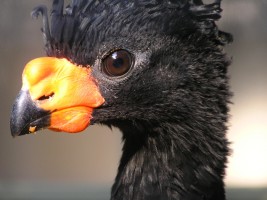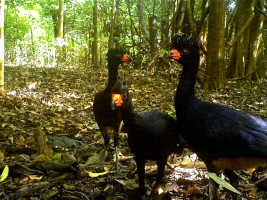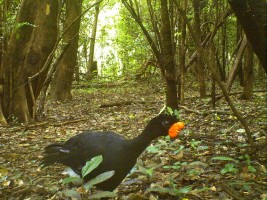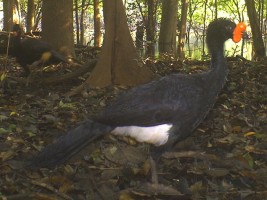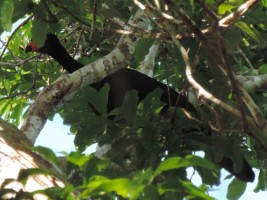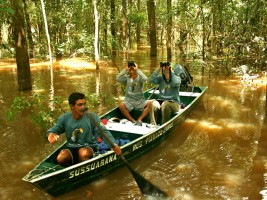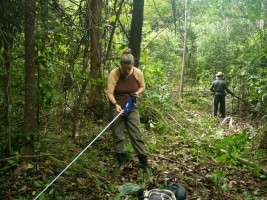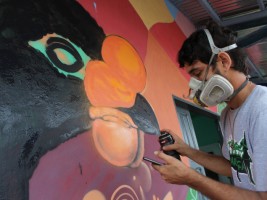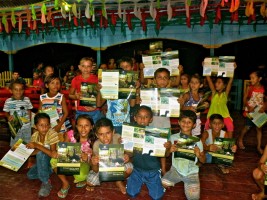Integrating research and local capacity building for the conservation of the Wattled curassow
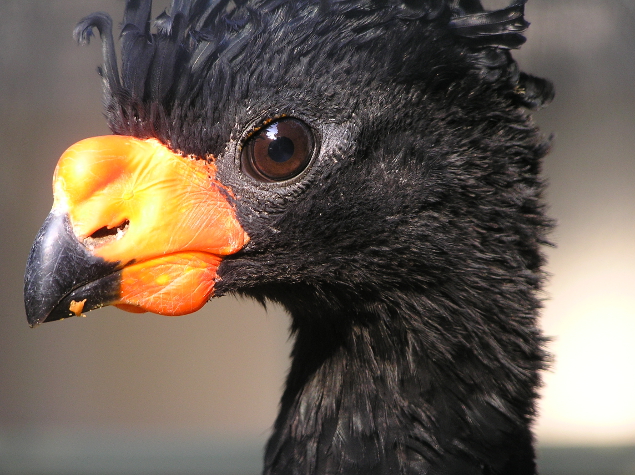
The Wattled Curassow (Crax globulosa) is a neotropical frugivorous turkey-sized bird, that inhabits exclusively in humid “várzea” forests (seasonally flooded forests along white-water rivers). A small number of remaining fragmented populations of this species persists in Colombia, Brazil, Peru and Bolivia, within the upper Amazon basin, each generally limited to less than 250 individuals. Of these populations, it appears that the Brazilian could be the largest (estimated at nearly 1,000 individuals), although there is no updated or precise information on their current status.
The causes of this endangered species population decline are over-hunting, loss and degradation of habitat, since várzea forests are preferred areas for human settlement and agriculture. The species’ ecological requirements and current conservation status are also very poorly known.
This project will be conducted in the SDRPP (Piagaçu-Purus Sustainable Development Reserve, in the lower Purus River), which includes one of the largest remaining well-preserved protected continuous várzea habitat in the south of the Amazon River, and thus could be a globally important site for the species. Moreover, being recently decreed (in 2003), the reserve’s participatory management plan is still in progress, for which there is a need to conduct ecological studies especially on those species of highest subsistence value for local communities (and for the Wattled curassows) and build capacity for local people involvement. The study area will be in the northern section of the reserve and fieldwork will be focused on three local communities (Caua-Cuiuanã and Itapuru).
The present project proposes to undertake the following conservation actions:
- Current status of Wattled Curassow populations assessment – This action will provide first quantitative assessments of Wattled Curassow populations in the SDRPP and one of the most updated estimate of the species population’s status in Brazil. For this, monthly surveys will be conducted during a year using standardized line-transect census methodology in várzea forests.
- Study of the species habitat requirements – This will be done by Instituto Piagaçu team through telemetry techniques. They already have two satellite transmitters, as well as three VHF transmitters to be installed, so the birds can be monitored remotely in the wild during a whole year.
- Enhancement of conservation local capacity by training local people to survey curassows populations – A team of local inhabitants, mainly skilled hunters, will be continuously trained in several standardized field techniques (namely, telemetry monitoring and curassow population surveys) as “conservation monitors”, during workshops and monthly field sessions. This will set the basis for implementing a Wattled-Curassow community-based conservation program in long term in these communities.
- To promote awareness in várzea communities of the reserve – Information gathered will be of prime value to define regional and international conservation strategies for the species and to supply baseline data for long-term communitarian monitoring of Wattled Curassow population trends. Educational meetings will be held in local communities and their schools as a means of spreading the word about the importance of conserving this threatened curassow and its habitat, as well to divulgate the results obtained from field censuses and radio-telemetry. Moreover, printed materials, such as a posters and booklets containing species related information and preliminary management recommendations will be distributed.
Final summary report (December 2017):
During the period supported by Fondation Ensemble, the NGO has:
- Evaluated the status of the species in the SDRPP reserve (84 individuals have been counted).
- Improved the local conservation capacities (11 people coming from the project neighboring comunities have become « conservation monitors »).
- Sensitized population who live close to the project area. Two schools have been decorated with paintings showing the local threathened species.

Frank Wouters © Creative Commons
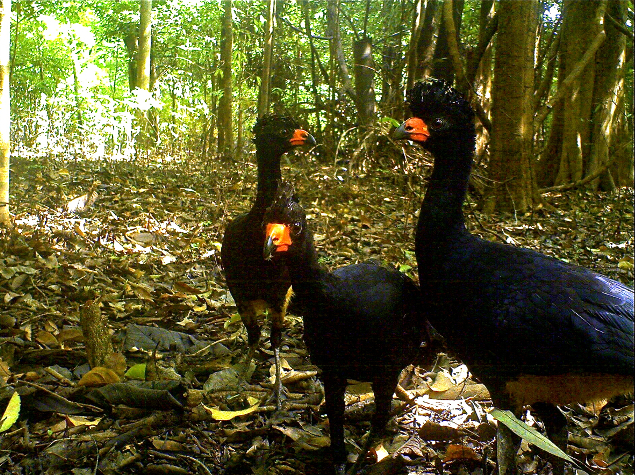
Crax globulosa - Female and juveniles © Carolina Bertsch
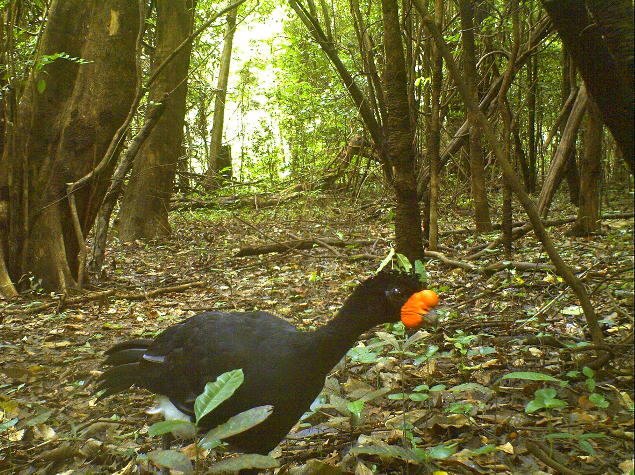
Crax globulosa - Male © Carolina Bertsch
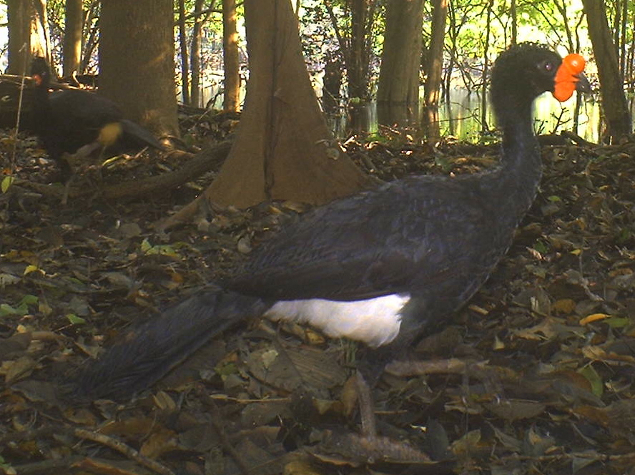
Crax globulosa - Male © Carolina Bertsch
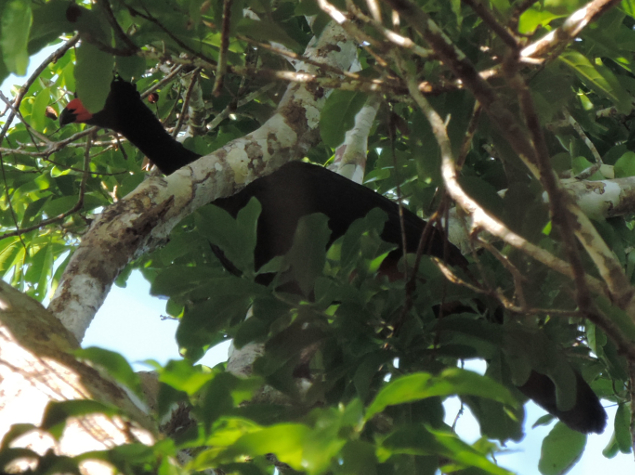
Crax globulosa - Female © Carolina Bertsch
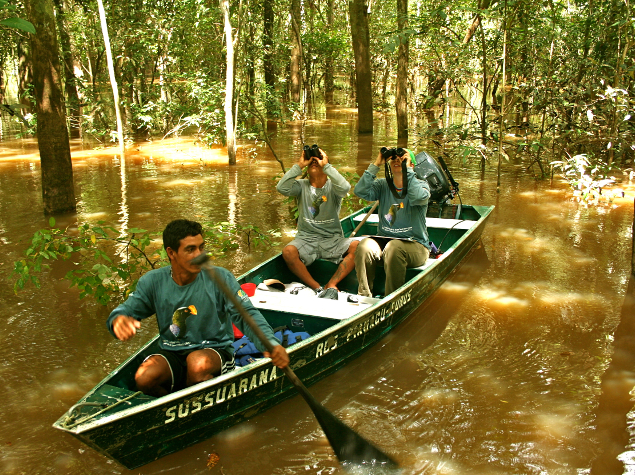
Conducting curassow's field censuses © Carolina Bertsch
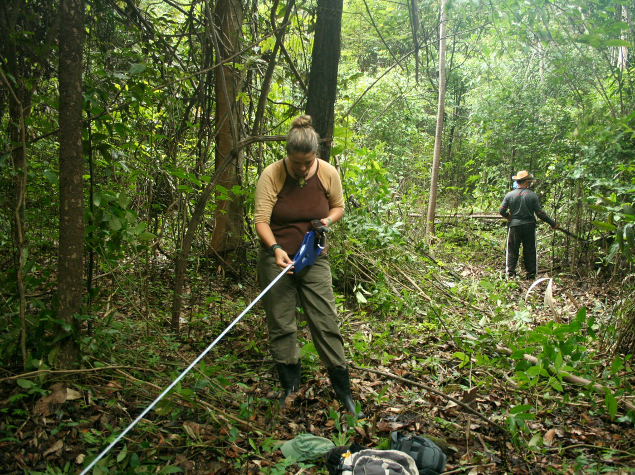
Field work during the dry season in the forest © Carolina Bertsch
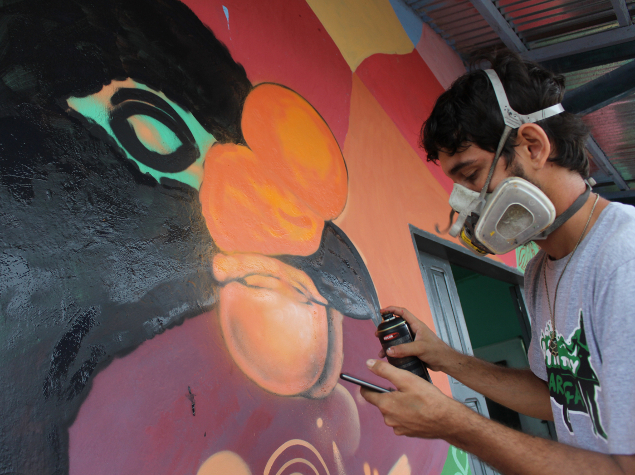
Doing Crax globulosa mural © Carolina Bertsch
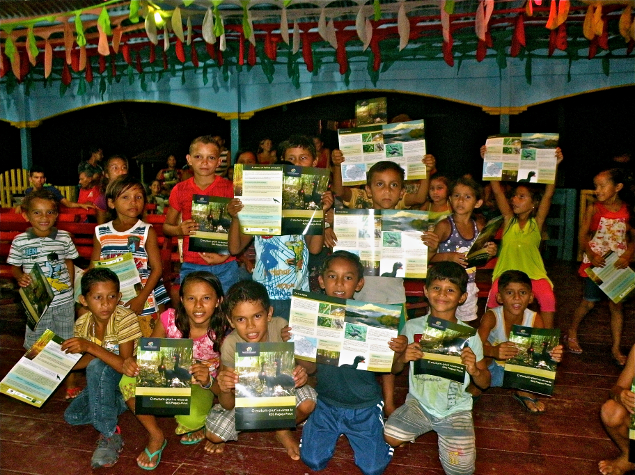
Talks about the project in local schools © Carolina Bertsch

Biological station
